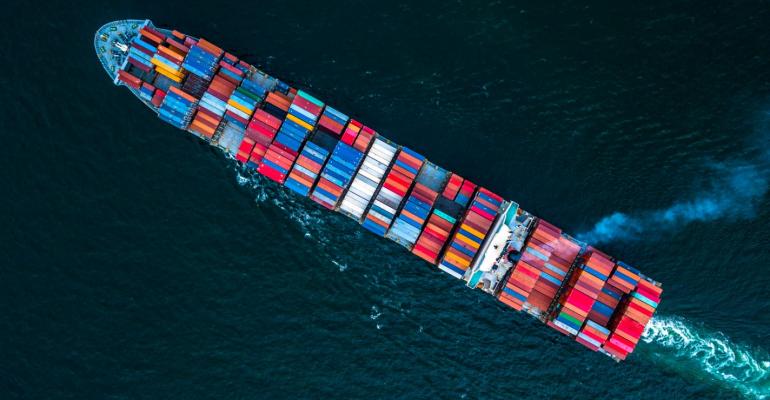European shipping emissions reached an all time high last year, new Transport & Environment (T&E) analysis shows. With the UN’s global shipping body failing to agree on binding emissions measures at its landmark summit back in July, Europe must move ahead with its own ambitious decarbonisation path, says T&E.
Every year, Europe’s shipping operators must by law hand over their emissions data to the EU. For the past years, T&E has used this to assess how Europe’s shipping emissions have evolved. In July, T&E published the data obtained from the EU. Many operators however failed to provide their emissions data on time, meaning Europe’s total shipping emissions are now much higher than previously reported. At over 135 million tonnes, Europe’s ships are emitting more carbon than they did before the pandemic disrupted international trade.
Cruise ship emissions were well up on the year before while a high number of vessels transporting LNG contributed to driving up emissions.
Jacob Armstrong, shipping manager at T&E, said: “Europe’s shipping giants are up there with coal plants and airlines as the continent’s biggest polluters. And as they get richer, our planet gets hotter. Without stricter regulations, shipping companies will continue to spurn investments in efficiency and green fuels. After decades of doing nothing, Europe must drastically tackle its shipping emissions now.”
Cargo ships were responsible for the bulk of emissions. MSC, the world’s largest shipping company, was the continent’s biggest carbon emitter. The Swiss-based giant pumped out over 10.5 million tonnes of CO2 last year making it one of Europe’s biggest single polluters. MSC was followed by CMA CGM, Maersk, COSCO and Hapag-Lloyd in the list of shipping emitters.
Cruise ship emissions in 2022 were more than double what they were last year after a year of disruptions to international travel. The most polluting ship last year was the MSC Grandiosa, which alone was responsible for over 134,000 tonnes of CO2 – the same as a small town.
The major cargo shipping trend in 2022 was the increased volume of liquified natural gas (LNG) shipments, which grew 60% last year. As Europe ramped up sanctions on Russian oil, Europe’s import push for LNG drove a massive increase in seaborne emissions.
Source: Hellenic Shipping News





